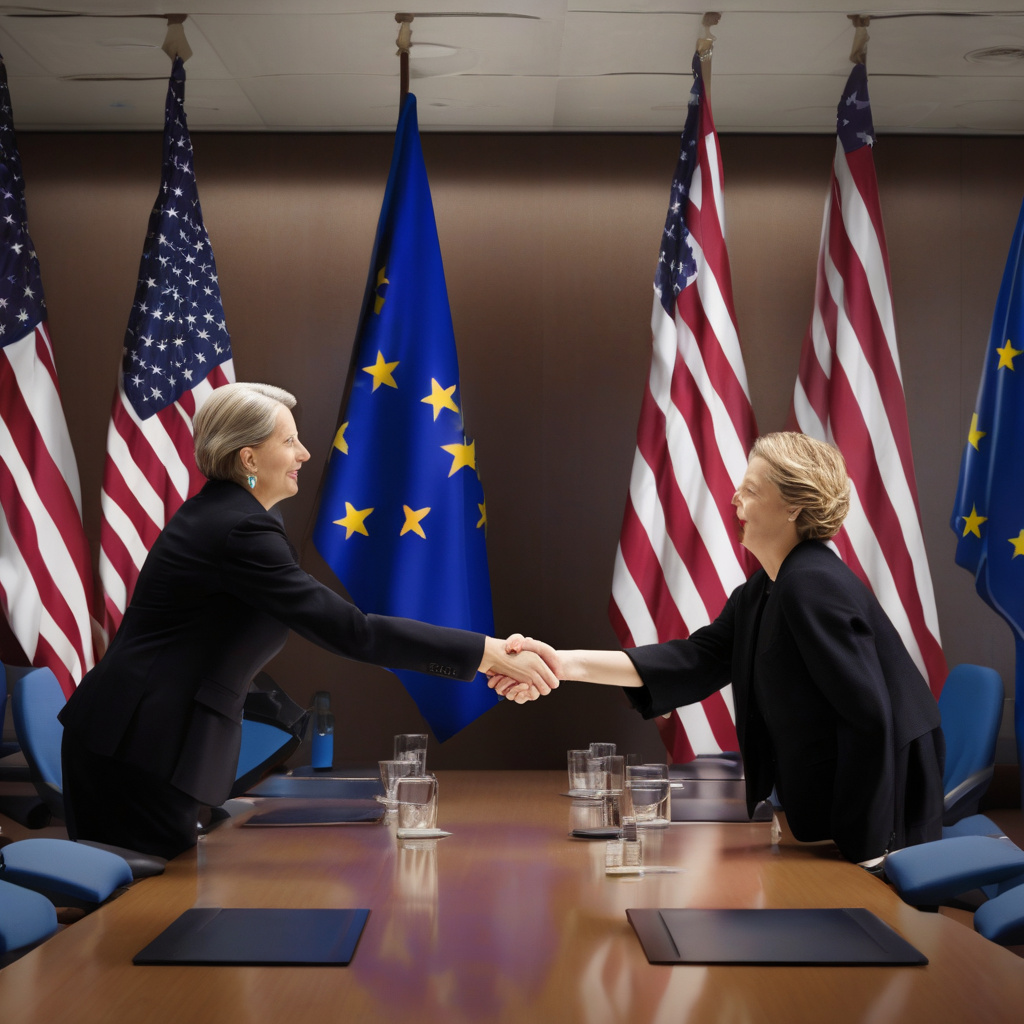US and EU Reach Agreement: 15% Tariff on Most EU Exports to Avoid Trade War
In a bid to de-escalate trade tensions and avoid a full-blown trade war between the United States and the European Union, a crucial agreement has been reached. Effective August 1, a 15% tariff will be imposed on a wide array of EU exports to the US. This development is poised to have significant repercussions, particularly within the realm of the fashion industry, impacting major players in the sector.
The imposition of tariffs on EU exports marks a pivotal moment in the ongoing trade negotiations between the US and the EU. With both parties striving to protect their domestic industries and interests, the decision to levy tariffs underscores the complexities of international trade relations.
The fashion industry, in particular, is set to be profoundly affected by these new tariffs. Major fashion players, renowned for their European heritage and craftsmanship, will now face increased costs and potential challenges in accessing the lucrative US market. Brands that have long thrived on transatlantic trade may find themselves reevaluating their strategies and business models in light of these developments.
One of the primary implications of the 15% tariff on EU exports to the US is the potential impact on consumer prices. As tariffs are passed down the supply chain, consumers are likely to bear the brunt of these additional costs. This could result in higher prices for European fashion brands in the US market, ultimately influencing consumer behavior and purchasing decisions.
Moreover, the tariff hike could disrupt the intricate global supply chains that underpin the fashion industry. With many fashion brands relying on international sourcing and production networks, any disruption in trade relations between the US and the EU has the potential to reverberate throughout the entire industry. From raw material sourcing to manufacturing and distribution, the tariff increase could introduce new challenges and uncertainties for fashion companies operating on a global scale.
In response to these developments, fashion brands will need to adopt a proactive approach to mitigate the impact of the tariff increase. This may involve reassessing sourcing strategies, exploring alternative markets, or diversifying their product offerings to navigate the evolving trade landscape effectively.
The US-EU agreement to impose a 15% tariff on most EU exports represents a delicate balancing act between economic interests and political considerations. While aimed at addressing trade imbalances and protecting domestic industries, the tariffs also have broader implications for global trade dynamics and economic stability.
As the August 1 deadline approaches, all eyes will be on how the fashion industry and other sectors adapt to the new trade realities. The ability of businesses to navigate these challenges and leverage opportunities for growth and innovation will be crucial in shaping the future landscape of international trade relations.
In conclusion, the agreement to impose a 15% tariff on most EU exports to the US marks a significant milestone in the US-EU trade relationship. With major fashion players set to feel the impact of these tariffs, the industry is bracing for a period of change and adaptation in response to the evolving trade landscape.
US, EU, Trade War, Fashion Industry, Tariffs












